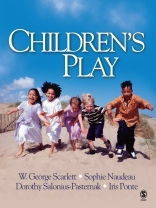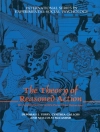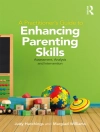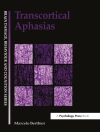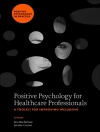‘Wonderful edition to a foundations course; much needed focus on the natural way children learn through play!’
—Diane Lang, Manhattanville College
‘This is the most clearly self aware of the several current works in the psychology of children′s play. It has the unique worth of being unusually comprehensive with respect to play stages, gender differences, private lives, neighborhoods, humor, collections, video games, responses to stress and the uses of recess and play therapy. I particularly liked the demonstration of the continuing role of make believe from early childhood on into the theatric, literary, and electronic foci of adolescence. These four authors are to be congratulated for having brought us as students and as parents an unusually readable text.’
-Brian Sutton-Smith, Prof. Emeritus, University of Pennsylvania
‘The authors′ treatment of play is both original and provocative. Unlike most previous expositions on play, they consider not only the social and cognitive dimensions of play but also its aesthetic nature. The treatment of youth sport was especially impressive. This is a ′must read′ for students of play.’
-Anthony D. Pellegrini, University of Minnesota, Twin Cities
‘ Children′s Play combines uncompromising scholarship with fresh, joyful prose. By looking at both the structure and content of play the authors help us understand the developmental significance of this complex way of being in the world. Each chapter contains exactly the topics we want to study and adds surprises that counter the folk-psychology of today. Children′s Play does more than overview the research literature; it engenders new thinking.’
-George E. Forman, Ph.D., University of Massachusetts, Amherst
Play is a fundamental value for children-it is complex, beautiful, and important for children′s development. Play is about having fun, being outdoors, being with friends, choosing freely, pretending, enacting fantasy, and playing games. It is about enjoying the moment, and consequently, not about planning for or worrying about the future.
Play is a surprisingly complex and significant phenomenon in the lives of children everywhere. Children′s Play looks at the many facets of play and how it develops from infancy through late childhood. Authors W. George Scarlett, Sophie Naudeau, Dorothy Salonius-Pasternak, and Iris Ponte take a broad approach to examining how children play by including a wide variety of types of play, play settings, and play media. The book also discusses major revolutions in the way today′s children play, including changes in organized youth sports, children′s humor, and electronic play. Children′s Play addresses diversity throughout the text and explores play on the topics of gender, disabilities, socioeconomic class, and culture.
Key Features
- Examines how play is used for purposes other than leisure, including academic learning and reducing stress in environments such as hospitals and refugee camps
- Integrates culture throughout to give readers a true understanding of how culture shapes children′s play
- Provides rich illustration of figures and photos to portray children in various play settings
- Includes pedagogical aids such as chapter-opening outlines, boxed material to highlight key points, real-life examples, and a summary section with key words, names, and ideas for working with children
Children′s Play is an excellent textbook for advanced undergraduate courses on child behavior in the areas of Psychology, Human Development and Family Studies, Education, Early Childhood Education, and Educational Psychology. It is also a useful resource for professionals already working with children including preschool, elementary, and junior high school teachers, daycare workers, and related fields.
is an excellent textbook for advanced undergraduate courses on child behavior in the areas of Psychology, Human Development and Family Studies, Education, Early Childhood Education, and Educational Psychology. It is also a useful resource for professionals already working with children including preschool, elementary, and junior high school teachers, daycare workers, and related fields.表中的内容
Preface
1. Introduction
PART I: THE DEVELOPMENT OF PLAY FROM INFANCY THROUGH LATE CHILDHOOD
2. The Emergence of Play in Infancy and the Toddler Years
3. Play in Early Childhood: The Golden Age of Make-Believe
4. Play in Late Childhood: Rule-Governed Play
5. Children′s Humor
PART II: REVOLUTIONS IN CHILDREN′S PLAY
6. Electronic Play: Computer, Console, and Video Games
7. Organized Youth Sports
PART III: MAJOR SETTINGS FOR CHILDREN′S PLAY
8. Home and Outdoor Play
9. Schooling and Play
PART IV: THERAPEUTIC USES OF PLAY
10. Restorative Play in Stressful Environments
11. Play Therapy
Web Resources
References
关于作者
Iris Ponte is a graduate of Holy Cross College and a former Watson Scholar. She has conducted extensive research in preschools in the United Kingdom, Taiwan, China, Japan and Newfoundland and has worked for Sesame Street Research at the Children’s Television Workshop in New York.
